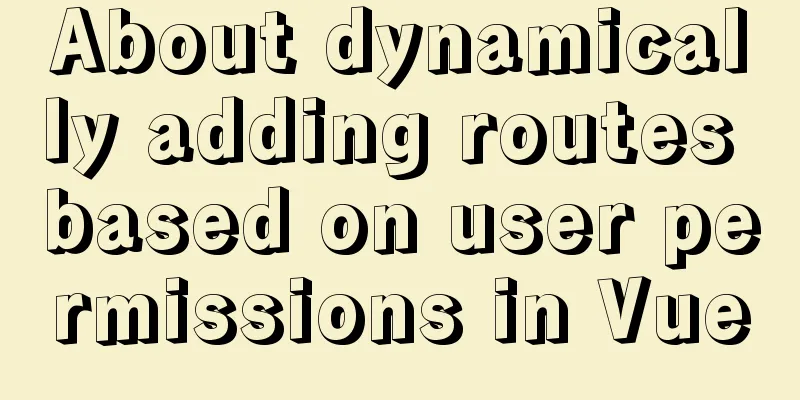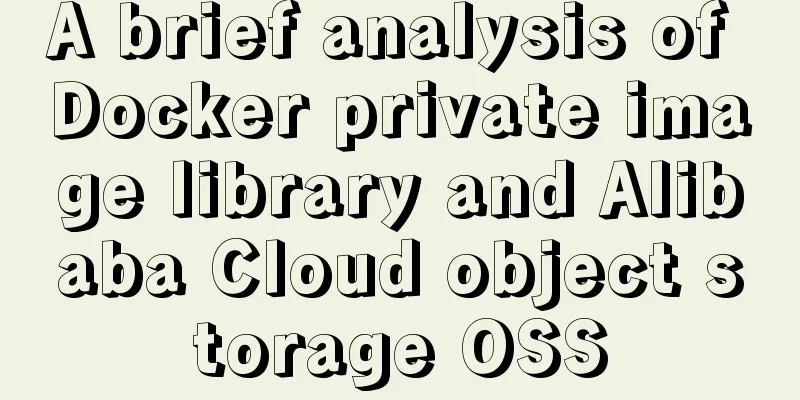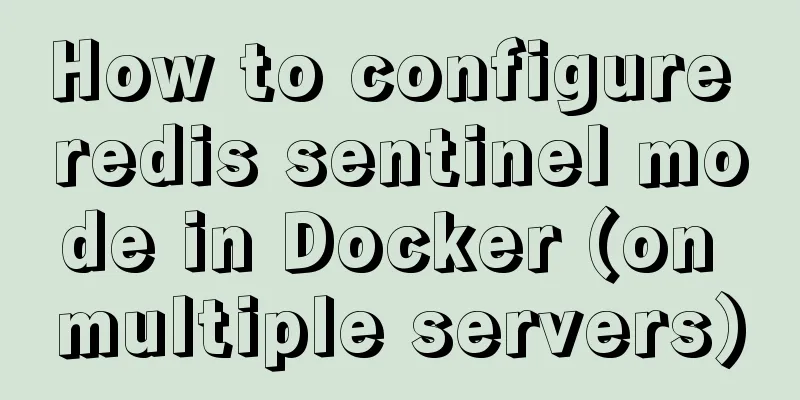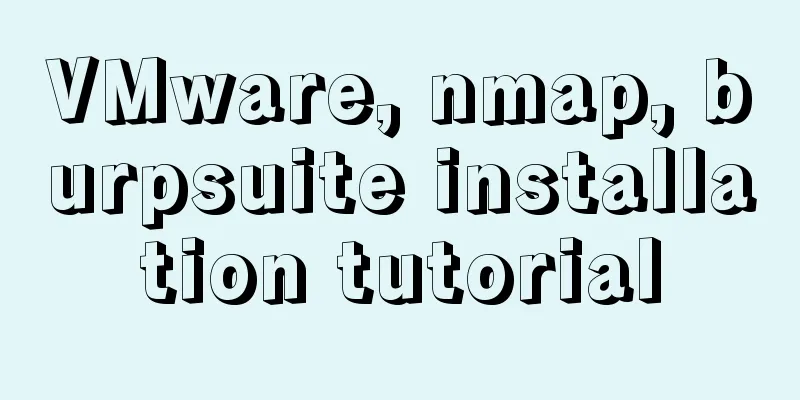CentOS8 network card configuration file

|
1. Introduction CentOS8 system update, the new version makes people feel very comfortable. At this time, some people will configure the network card of the CentOS8 system to make the system go online, and they will encounter that the configured network card will not take effect. Think about it yourself, it is the same as when configuring CentOS7. The biggest change in the CentOS8 update is the network card. Next, configure the network card; 2. Configuration Network card configuration file: /etc/sysconfig/network-scripts/ifcfg-ens33 [root@localhost ~]# cd /etc/sysconfig/network-scripts/ [root@localhost network-scripts]# ls #You will see a configuration file for the network card [root@localhost network-scripts]# vim ifcfg-ens33 #Enter the network card configuration file The following configuration files: red bold indicates changes; yellow background indicates additions; black bold indicates added comments. TYPE=Ethernet PROXY_METHOD=none BROWSER_ONLY=no BOOTPROTO=static DEFROUTE=yes IPADDR=192.168.10.111 NETMASK=255.255.255.0 GATEWAY=192.168.10.1 DNS1=114.114.114.114 IPV4_FAILURE_FATAL=no #IPV6INIT=yes #IPV6_AUTOCONF=yes #IPV6_DEFROUTE=yes #IPV6_FAILURE_FATAL=no #IPV6_ADDR_GEN_MODE=stable-privacy NAME=ens33 UUID=7afc67d5-b767-4d89-97b4-2558f8dc33c3 DEVICE=ens33 ONBOOT=yes [root@localhost network-scripts]# nmcli c reload #Restart the network card After reading this, do you feel the gap between this system and CentOS7 system? 3. nmcli command explanation nacli usage: Usage: nmcli [options] OBJECT Options: -o[verview] overview mode (hides default) -t[erse] concise output -p[retty] neatly output -m[ode] tabular|multiline output mode -c[olors] auto|yes|no whether to use colors in output -e[scape] yes|no escape column separators in values -a[sk] Ask for missing parameters -s[how-secrets] allows display of passwords -w[ait] Set a timeout for the operation to complete -v[ersion] Display program version -h[elp] Output this help Target: g[eneral] General status and operation of the NetworkManager n[etworking] Overall networking control r[adio] Network Manager Radio Switch c[onnection] Network manager connection d[evice] Device managed by the network manager a[gent] Network Manager's secret agent or polkit agent m[onitor] monitor network manager changes Generally use c:
[root@localhost network-scripts]# nmcli c –-help #Option to view help COMMAND := { show | up | down | add | modify | clone | edit | delete | monitor | reload | load | import | export }Summarize The above is the CentOS8 network card configuration file introduced by the editor. I hope it will be helpful to everyone. If you have any questions, please leave me a message and the editor will reply to you in time. I would also like to thank everyone for their support of the 123WORDPRESS.COM website! You may also be interested in:
|
<<: Analysis of the event loop mechanism of js
>>: Mysql: The user specified as a definer ('xxx@'%') does not exist solution
Recommend
JavaScript to implement input box content prompt and hidden function
Sometimes the input box is small, and you want to...
Make your website automatically use IE7 compatibility mode when browsing IE8
Preface To help ensure that your web pages have a ...
How to solve the problem of not getting form value after submitting html form input using disabled
After the form input box input is set to the disa...
Specific use of nginx keepalive
The default request header of the http1.1 protoco...
mysql5.7.14 decompressed version installation graphic tutorial
MySQL is divided into Community Edition (Communit...
The process of installing SVN on Ubuntu 16.04.5LTS
This article briefly introduces the process of se...
Tutorial on downloading, installing, configuring and using MySQL under Windows
Overview of MySQL MySQL is a relational database ...
How to solve the problem of Ubuntu 18.04 looping login/stuck on the boot interface/unable to enter the graphical interface
Cause: NVIDIA graphics card driver is damaged Sol...
Solution to JS out-of-precision number problem
The most understandable explanation of the accura...
js implements the pop-up login box by clicking the pop-up window
This article shares the specific code of js to re...
React Native environment installation process
react-native installation process 1.npx react-nat...
Solve the problem of running hello-world after docker installation
Installed Docker V1.13.1 on centos7.3 using yum B...
Software Testing - MySQL (VI: Database Functions)
1.MySQL functions 1. Mathematical functions PI() ...
React method of displaying data in pages
Table of contents Parent component listBox List c...
Vue Learning - VueRouter Routing Basics
Table of contents 1. VueRouter 1. Description 2. ...









